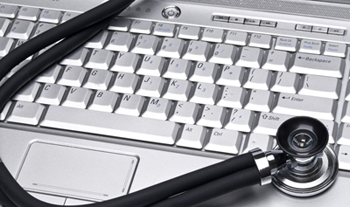 Health Level Seven or HL7 is a standard accredited by the American National Standards (ANSI) for the exchange, integration, sharing and retrieval of electronic health information. The definitions in HL7 focus on the logical arrangement of data and the meaning of various parts of the message. This ensures that important healthcare information is made available to various sources without the meaning getting lost.
Health Level Seven or HL7 is a standard accredited by the American National Standards (ANSI) for the exchange, integration, sharing and retrieval of electronic health information. The definitions in HL7 focus on the logical arrangement of data and the meaning of various parts of the message. This ensures that important healthcare information is made available to various sources without the meaning getting lost.
Patient registration systems and EMR/EHR systems vary among healthcare facilities and would make communication difficult if it weren’t for HL7. HL7 facilitates the packaging of healthcare data as messages for transmission to physicians’ computer systems or EMRs/EHRs. HL7 interfacing is used in more than twenty countries and contains messages for almost every possible field in healthcare including:
- Patient care planning
- Registration, queries and finance
- Document control
- Laboratory automation
- Personnel administration
- Scheduling, logistics, and more
This explains why HL7 interfacing is necessary for medical transcription companies. HL7 allows easy interfacing of the transcription company with healthcare provider networks and EMR systems. The transcription company should be equipped to receive HL7 based Abstract Data Types (ADT)/ order transmissions via Transmission Control Protocol (TCP), Internet Protocol (IP), HyperText Transfer Protocol Server (HTTPS) and/or Virtual Private Network (VPN). The service provider should also be able to send back the transcribed document as a HL7 message to client’s interface engine using TCP/IP, HTTPS and or VPN. HL7 interfacing is complaint to both the Health Insurance Portability and Accountability Act (HIPAA) and Health Information Technology for Economical and Clinical Health Act (HITECH) protocols.
So in addition to accuracy, turnaround time, data security and pricing, look for HL7 interfacing with your Health Information System when outsourcing your medical transcription.


